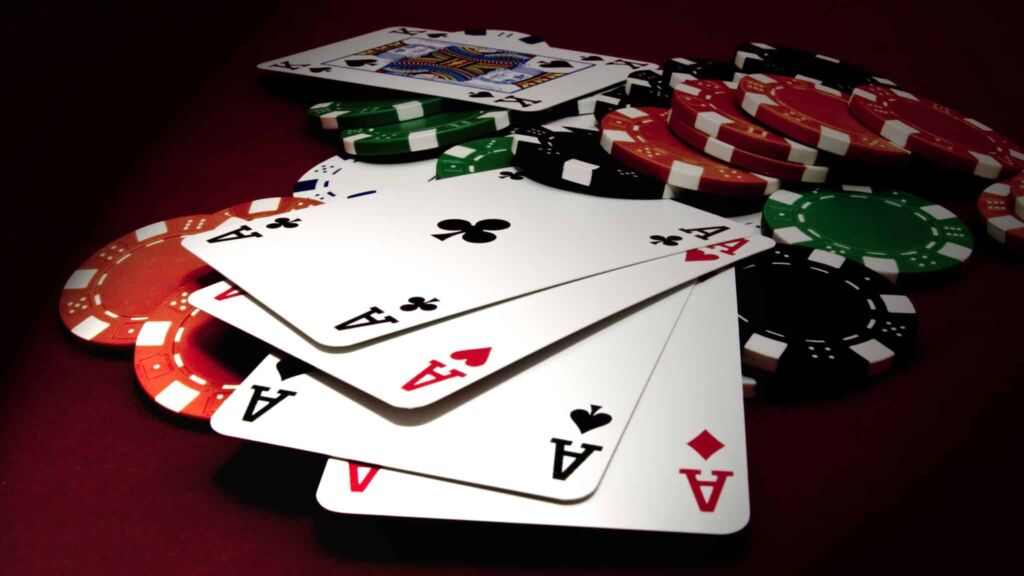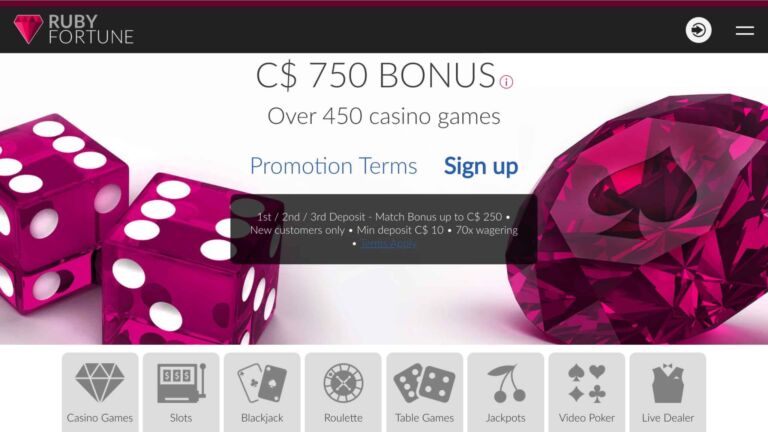Known for its strategic and luck-driven gameplay, blackjack is a favorite at casinos worldwide. Although learning the basic rules is simple, experienced players often employ card counting to boost their winning potential. This tactical approach entails noting the proportion of high and low cards yet to be dealt. Our introductory guide explains the essentials of card counting, including how it operates and how you can integrate it into your gameplay. This knowledge aims to enhance the aptitude of novices and refine the skills of seasoned blackjack enthusiasts.
What is Card Counting?
Card counting is a savvy method employed by blackjack aficionados to gauge when they have an advantage. It revolves around monitoring the distribution of high and low cards in the deck to foresee outcomes like hitting a blackjack or the dealer busting. By assessing the cards that have already been played, savvy bettors can increase their stakes when the deck is rich with high cards and play conservatively during low card prevalences.
Though card counting remains perfectly legal, casinos keep a close eye on players and may ask those suspected of counting to leave. Still, grasping card counting fundamentals can offer a competitive edge.
How Does Card Counting Work?
To grasp card counting, familiarize yourself with a deck's layout. A standard deck includes four suits – hearts, diamonds, clubs, and spades – with thirteen ranks per suit: ace through king. In blackjack, face cards carry a value of 10, and aces can represent either 1 or 11, depending on the circumstance.
Card counting methods are rooted in attributing values to the cards in play. The most widespread strategy is known as the Hi-Lo system , which assigns particular values to cards.
- 2, 3, 4, 5, and 6: +1 point
- 7, 8, and 9: 0 points (neutral)
- 10, Jack, Queen, King, and Ace: -1 point
This methodology posits that an abundance of high cards (10, Jack, Queen, King, Ace) enhances chances for lucrative hands like blackjack, while low cards (2 to 6) heighten the probability of the dealer busting, thus swinging the odds in the player's favor. Keeping a \"running count\"—which sums the card values—helps players adjust their bets according to the deck's remaining composition.
Understanding the Running Count
Embarking on card counting with the Hi-Lo system involves tracking the running count by adding or subtracting based on each dealt card's value. For instance, receiving a 5 and a Queen would equate to a running total of 0, with +1 from the 5 and -1 from the Queen.
Here's an easy illustration of maintaining a running tally:
- Initial hand: Receiving a 2, King, and 4 results in a running count of +1, calculated as +1 (2), -1 (King), and +1 (4).
- Subsequent hand: With a 3, 6, and Ace dealt, the running count remains +1, factoring in +1 (3), +1 (6), and -1 (Ace).
As the running count grows, more high cards are likely left in the deck, favoring the player. Conversely, a negative count suggests a deck rich in low cards, which favors the house. Players should bet more aggressively when the count rises and conservatively or minimally when it falls.
The True Count Explained: Adapting to Multiple Decks in Play
In many gambling establishments, blackjack is played with multiple decks, which can complicate the running count's accuracy. To account for such scenarios, the true count calculation is used, which modifies the running count relative to remaining decks.
To deduce the true count, divide the running count by the remaining decks in the shoe. For instance, when the running count is +12 with 3 decks left, the true count would be:
True Count = Running Count / Decks Remaining
True Count = +12 / 3 = +4
A superior true count indicates a favorable deck for the player, cueing higher bets. Conversely, a lower or negative true count implies the deck benefits the dealer, advising minimal or conservative bets.
Strategic Betting: Modifying Bets with the True Count
Key in card counting is adapting your betting habits to the true count estimation. Here's a guideline for bet adjustment:
- True Count +1 to +3: This range indicates a neutral to mildly favorable deck, justifying moderate bets.
- True Count +4 or above: Suggests a deck advantageous to the player, prompting increased bets due to better odds.
- True Count 0 or negative: With the deck presenting less favorable conditions, minimize bets or consider leaving the table.
Common Myths About Card Counting
Numerous myths surround card counting. Here are some misconceptions debunked:
- Myth 1: Card counting is illegal. In actuality, it's a lawful strategic option to shift odds in your favor, though casinos might eject players they suspect of counting.
- Myth 2: Card counting demands a perfect memory. A photographic memory isn't necessary; basic arithmetic and concentration suffice, often aided by mental note systems.
- Myth 3: Card counters always triumph. While card counting can tilt odds, it doesn't promise victory—blackjack still welcomes unpredictability. Proficient counters also depend on a firm grasp of core strategies and financial restraint.
Practical Tips for Beginners
For aspiring card counters, here are some starting tips to practice the technique:
- Begin with Single-Deck Variants: If new to card counting, single-deck games are simpler, with fewer cards to monitor.
- Commit to Regular Practice: Mastering card counting is a matter of frequent rehearsal, whether with a home deck or via digital practice tools.
- Stay Discreet: Casinos scrutinize for counter movements; hence, maintain gradual bet adjustments without conspicuous shifts.
- Manage Your Bankroll: As with all gambling, card counting mandates sound budget management, buffering against streaks and respecting fiscal limits.
Conclusion
Though offering substantial leverage, card counting comes with its trials. It's not a miracle tactic but can certainly enhance your chances when applied wisely. Perceiving and practicing fundamental blackjack rules, along with counted cards, opens the door to prospective wins. As always, gamble responsibly.



